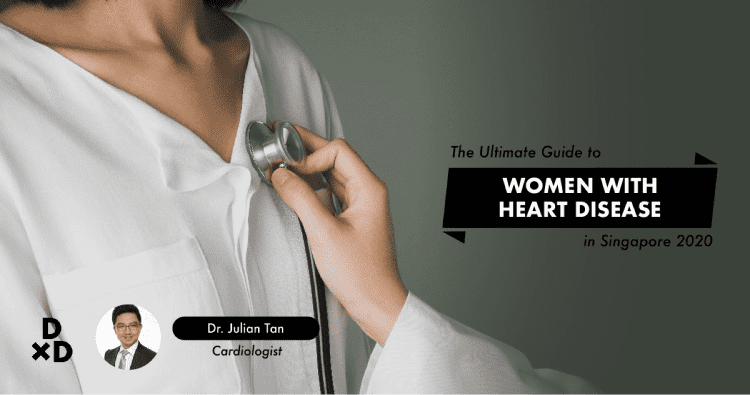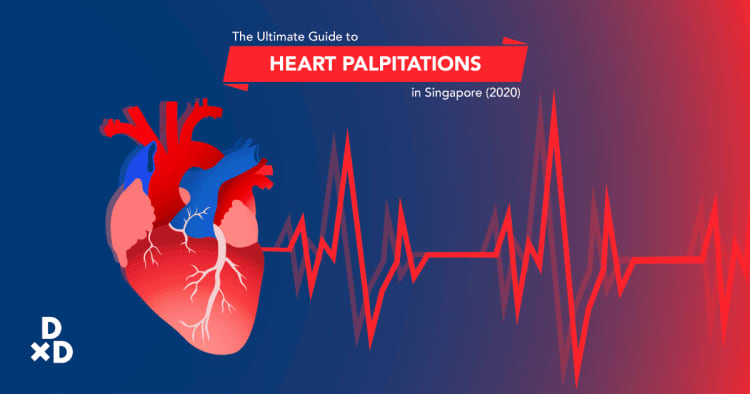While heart disease is the leading cause of death in Singapore for women, 80% of them are not aware that men and women may experience different symptoms of a heart attack. The more knowledge a woman has about heart disease, the greater her chance in fighting it.
To avoid the bad thing, let me give you some insights about women with heart disease!
What is heart disease?
Cardiovascular disease or heart disease is a condition where the blood vessels are narrowed or blocked. This constriction may cause heart attack chest pain (angina) or stroke. Heart problems besides chest pains and strokes stem from different types of heart disease, such as those involving the heart muscle, valves or rhythm.
Heart disease complications include blood vessel diseases, such as coronary artery disease, heart rhythm irregularities (arrhythmias), and heart defects (congenital heart defects), among others [1]
Statistic for heart disease in women
While awareness has improved over the past decades, only about half (56%) of women understand that heart disease is their number one killer [2].
Here are facts about women and heart disease:
Heart disease is the leading cause of death for women in the US, killing 299,578 people in 2017, causing about 1 in every 5 women deaths [3]
Heart disease is the primary cause of death in the United States for African American and White women [4]
Around 1 in 16 women aged 20 and older (6.2%) have the most prevalent type of heart disease, coronary heart disease [5]:
About 1 in 16 white women (6.1%), black women (6.5%), and Hispanic women (6%)
About 1 in 30 Asian women (3.2%)
In the UK about 2.8 million women were diagnosed with heart disease [6].
What are the common types of heart disease that affects women?
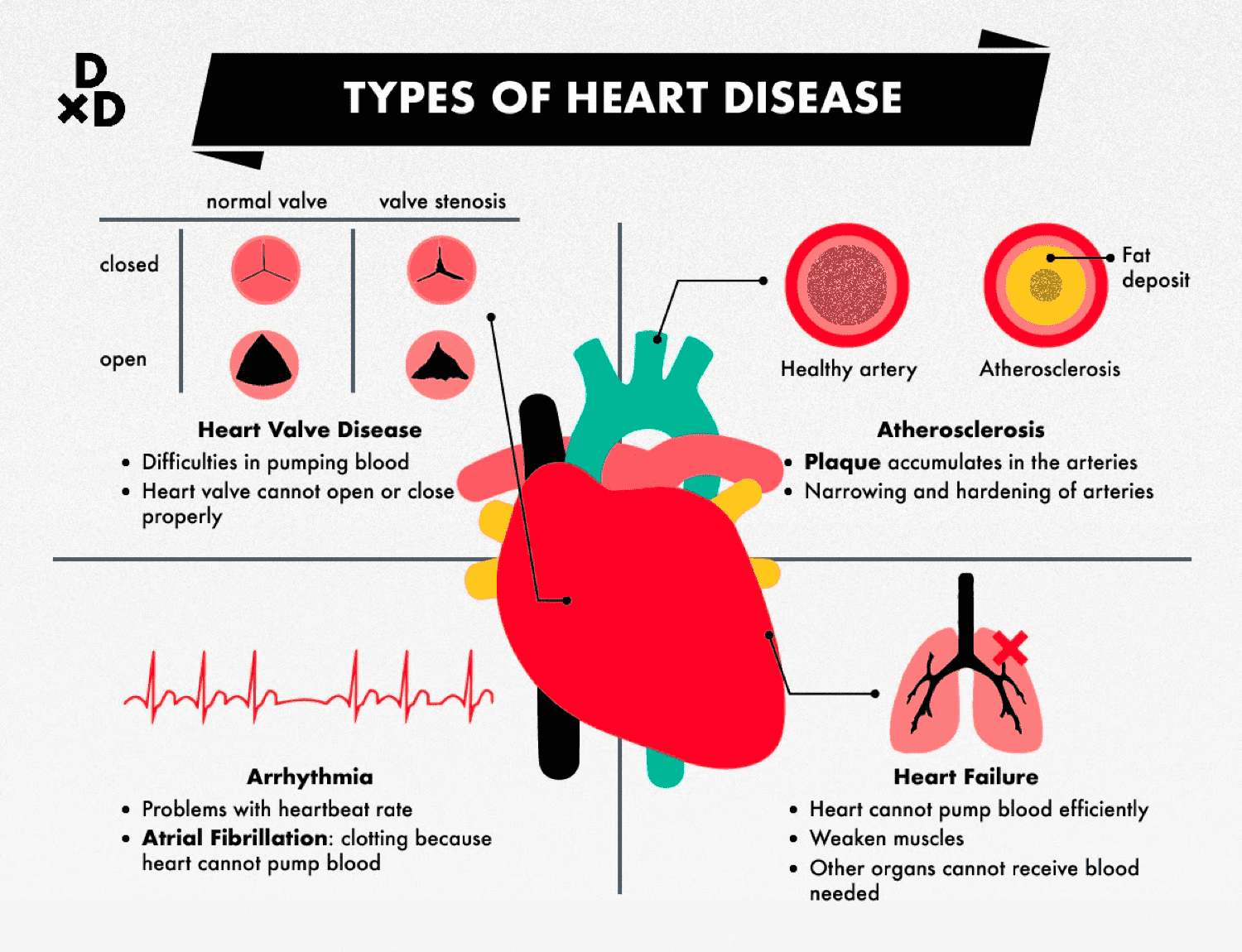
5 common types of heart disease in women are [7]:
Atherosclerosis
The disease occurs as plaque accumulates in the arteries over time, causing narrowing and hardening of the arteries. A blood clot can develop when the plaque wears down or breaks open. This can cause a heart attack because the clot blocks the blood supply to the heart.
Heart failure
This occurs because the heart cannot pump blood as efficiently through the body as it can. Heart failure is a severe medical condition because certain organs, such as the lungs and kidneys, can't receive the blood they need during heart failure. Symptoms of heart failure include:
- Shortness of breath
- Swelling in feet, ankles, and legs
- Extreme fatigue (tiredness)
Irregular heartbeat (arrhythmia)
Pronounced “uh-RITH-mee-uh”, Arrhythmias are problems with the heartbeat rate or rhythm. Your heart can beat too quickly, too slowly, or at an irregular rhythm. For most people, changes in heartbeats are harmless.
When you get older, you're more likely to develop arrhythmias, partially due to rising levels of estrogen. It's natural to have a few flutters or a quickened heart once in a while. When you experience flutters along with other heart attack signs, such as dizziness or shortness of breath, dial 995 immediately.
Atrial fibrillation
Pronounced AY-tree-ul fih-brih-LAY-shun, or AF or Afib for short, Afib is one form of arrhythmia. Afib makes clotting easier for your blood since the heart is unable to pump as much as it can. This can lead to stroke or heart disease. Afib signs include fluttering of the heart, fast heartbeat, dizziness and shortness of breath.
Heart valve disease
This disease affects the valves that control blood flow in and out of different areas of the heart. A birth defect, older age, or an infection can cause your heart valves to not open fully or close properly. This helps the heart to pump blood harder. Cardiac valve disease may result in stroke, heart failure, blood clots or spontaneous cardiac arrest.
During pregnancy, heart valve disease can cause complications because your heart needs to work harder than normal to supply your unborn baby with blood. Your doctor will help you avoid complications during pregnancy if you learn you have heart valve disease. It is normal for some women to figure out they have a heart valve problem only when they are pregnant.
What are the early signs of heart disease in women?
Many women experience no medical signs until they have an emergency such as a heart attack. If you do have early signs, however, they may include:
- Neck, jaw, or throat pain
- Upper abdomen pain
- Upper back pain
- Chest pain
- Nausea
- Fatigue
- Shortness of breath
- General weakness
- Changes in skin colour, such as greyish skin
- Sweating
These symptoms can appear either when you're at rest or during everyday life activities. These may be symptoms of a heart attack too.
Find out more about How Feeling Lonely Can Lead to Heart Disease!
What are the symptoms of heart disease in women?
As heart disease progresses, further symptoms become more obvious. Symptoms can vary depending on the particular form of heart disease you have. For women, too, the symptoms of heart failure are different than in men, who are more likely to experience chest pain.
Potential late heart disease symptoms in women include:
- Fainting
- Anxiety
- Heartburn
- Indigestion
- Lightheadedness
- Sweating
- Wheezing
- Coughing
- Fast heartbeat
- Sleeping problems
- Weight gain
- Swelling in your legs, feet or ankles.
What are heart disease risk factors for women?
Low blood pressure, high LDL cholesterol (low-density lipoprotein), and smoking are the main risk factors for heart disease. Around half (47%) of all individuals in the United States have at least one of these three risk factors [8].
Many other medical problems and lifestyle decisions can also raise the risk of heart disease for people including:
- Diabetes
- Overweight or obesity
- Eating an unhealthy diet
- Physical inactivity
- Drinking too much alcohol
- Menopause
- Stress and depression
- Family history of early heart disease
- Inflammatory disease
Is heart disease something that should only worry older women?
No. Women of all ages should take heart disease seriously. Women under 65, particularly those with a family history of heart disease, need to pay close attention to risk factors for heart disease.
What should women do to reduce heart disease?
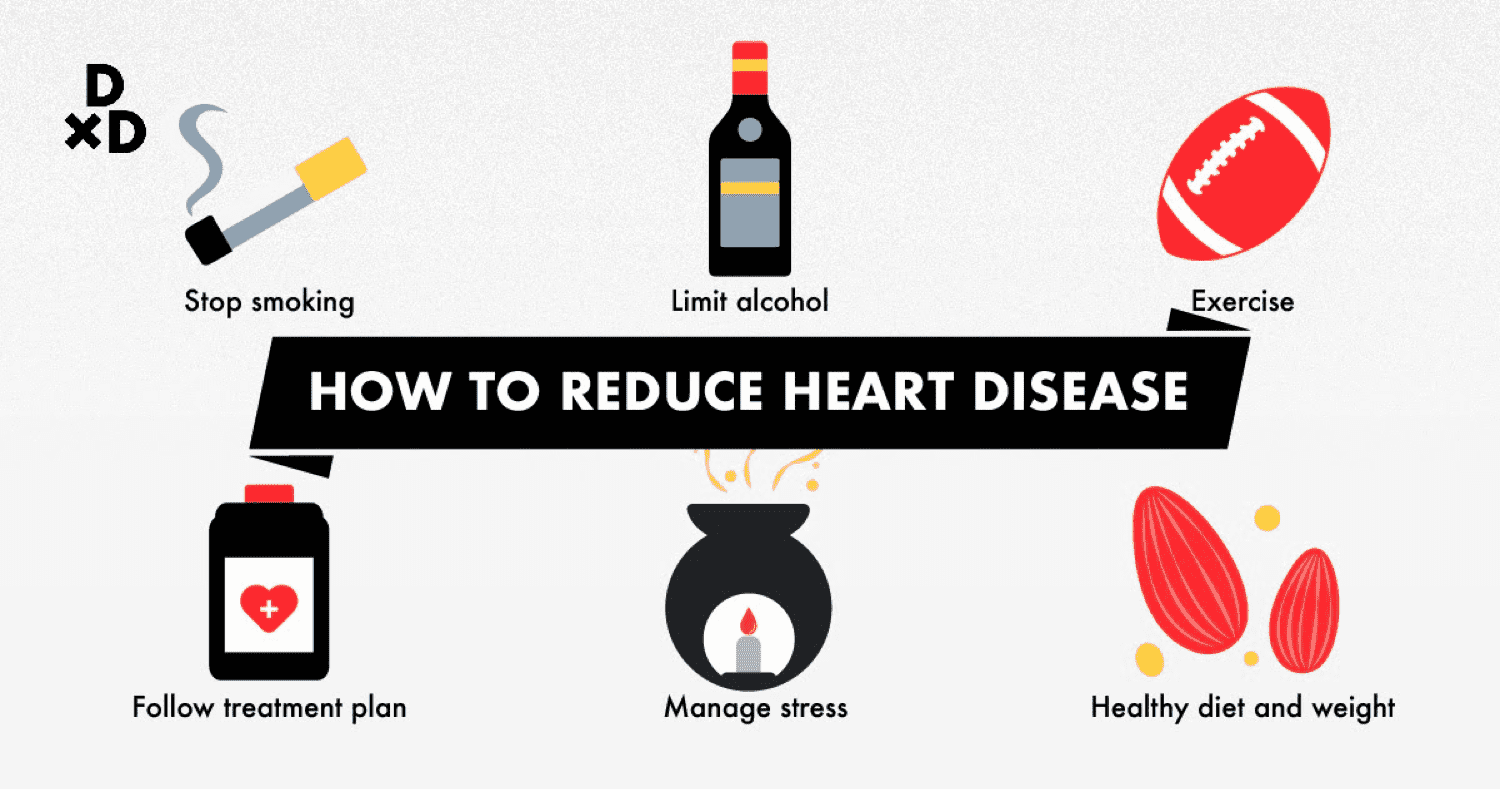
This can help to reduce the risk of heart disease by maintaining a healthier lifestyle. Check out these heart-saving strategies [9]:
- Stop smoking
- Exercise regularly
- Maintain a healthy weight
- Eat a healthy diet
- Manage your stress
- Limit alcohol
- Follow your treatment plan
- Manage other health conditions
What's an ideal weight?
In adults, a range of weight compared to height gives us the ideal body weight. Calculated by the height and weight, the Body Mass Index (BMI) is a valuable indicator of obesity. Overweight people (BMI 25 to 29.9) have more body weight compared to their height than is ideal [10].
A BMI of 25 or higher is related to an increased risk of heart disease.
How is heart disease diagnosed in Singapore?
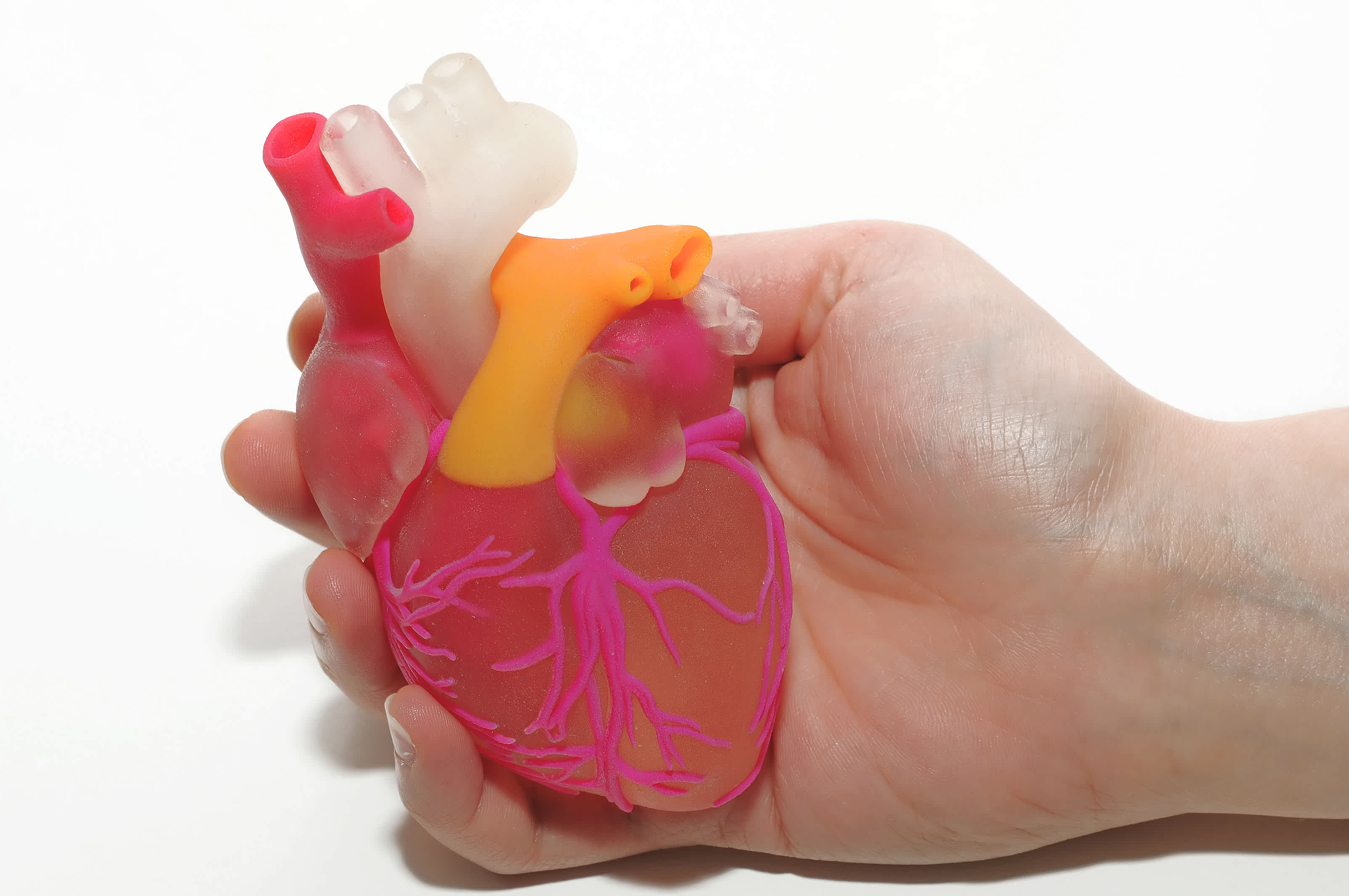
Blood checks and internal function examinations can help detect heart disease or complications that can lead to heart disease. There are several different types of tests for heart safety. Depending on your symptoms (if any), risk factors, and medical records, the doctor will determine which examinations or procedures you need [11].
Cardiac Catheterization
Cardiac Catheterization is a medical technique for the diagnosis and treatment of some heart problems. Your doctor will insert a catheter (a long, thin, flexible tube) through a blood vessel in your arm, groin or neck and attach it to your heart for the procedure.
Cardiac CT Scan
A cardiac CT scan is a painless imaging procedure that uses x-rays to take clear images of the heart and blood vessels. Computers can combine these images to create a whole-hearted three-dimensional (3D) model.
Cardiac MRI
Cardiac MRI is a painless imaging procedure that produces detailed pictures of the heart using radio waves and magnets. This will help the doctor figure out whether you have heart disease and how bad it is.
Chest X-Ray
An x-ray of the chest provides images of the organs and structures inside the body, such as the heart, lungs, and blood vessels. It shows symptoms of heart failure, as well as lung problems and other symptoms that are not linked to heart disease.
Coronary Angiography
Coronary angiography (angiogram) is a technique that uses contrast dye and x-ray images to look at the arteries' insides. This will reveal whether plaque blocks the arteries and how serious the blockage is. Doctors use this technique to treat heart attack following chest pressure, sudden heart arrest, or other irregular heart examination findings such as an EKG or stress test.
Echocardiography
Echocardiography, or echo, is a painless procedure that produces moving images of the heart using sound waves. The photos demonstrate the size of the heart and its shape. They also show how well the chambers and valves in your heart function. Doctors use an echo to treat to test how serious they are in several common heart conditions.
Electrocardiogram (EKG), (ECG)
The electrocardiogram, also known as an ECG or EKG, is a painless test that measures and tracks the electrical activity in the back. This indicates how fast heartbeats are, and whether it has a constant or irregular rhythm.
An EKG is part of a standard heart disease screening test. You can also take it separately to identify cardiac conditions such as heart attacks, arrhythmia, and heart disease.
Stress Testing
Stress testing looks at how the heart works through physical stress. It can assist in diagnosing coronary artery disease and in checking how bad it is. It may also test for other things such as heart valve disease and heart failure.
What are heart disease treatments in Singapore?

There are two primary types of heart disease treatment. Initially, a person can take medicine to treat the heart condition. If these do not have the desired effect, there are surgical procedures available to help solve the issue.
Medication
There is a wide variety of medications for certain heart problems. Most are used to avoid clots in the blood, but others have other purposes.
The primary medications in use are:
- Statins, to low your cholesterol
- Blood thinners, like warfarin, to prevent blood clots
- Beta-blockers, to treat heart attack, heart failure, and high blood pressure
- Angiotensin-converting enzyme (ACE) inhibitors, for heart failure and high blood pressure.
Surgery
Heart surgery is an intensive surgical procedure, and rehabilitation will take a long time. However, they may be helpful in tackling blockages and heart problems for which medications are not effective, especially in the advanced stages of heart disease.
The most common surgical procedures include:
- Angioplasty, in which a balloon catheter is implanted to expand narrow blood vessels that may restrict blood flow to the heart.
- Coronary artery bypass surgery, which enables blood flow in people with blocked arteries to reach a blocked part of the heart
- Surgery to repair or replace dysfunctional heart valves
- Pacemakers or electronic machines for people with arrhythmia to control the heartbeat
Women have smaller and lighter coronary arteries than men do. This makes it harder to perform angiography, angioplasty, and coronary bypass surgery. Women appear to experience more complications following surgery. After coronary angioplasty, they're twice as likely to start experiencing symptoms for several years [12].
When should I see a doctor in Singapore?

Some patients think about seeing a doctor if they don't feel good but may put it off, or they can wait for their family doctor for an annual physical to ask them about any physical discomfort or symptoms.
These are the times you may want to see a specialist [13]:
- GP recommendation
- Heart pain
- Family history of heart disease
- High total cholesterol
- High blood pressure
- Smoker
- Diabetic
- A difficult pregnancy, preeclampsia
- Starting a new exercise program when you are 40 years old or older
- Gum disease
What can I expect on my first appointment?
When you visit your doctor, she or he will take your medical history and ask you questions such as:
- When did your symptoms start?
- Were your symptoms continuous or occasional?
- How bad are the symptoms?
- If you have taken medication, did it improve your symptoms?
- Did anything make the symptoms worse?
- Do you have a family history of heart disease, diabetes, elevated blood pressure or some other significant illness?
How do I prevent heart disease as a woman?

If you've had a heart attack, your doctor can prescribe taking a low-dose aspirin every day to help avoid another one. Aspirin can, however, increase the risk of bleeding. Daily aspirin therapy is also not recommended for women who have never had a heart attack.
Never start consuming aspirin alone for avoiding heart disease. Check with your doctor about the dangers of taking aspirin and its benefits.
In Conclusion
The older a woman becomes, then most likely she is to have heart disease. Yet women of all ages should be preoccupied with heart disease. Through maintaining safe lifestyle practices all women will take steps to avoid it!
Read Dr. Julian Tan's answers to Heart Disease!
Dr Julian Tan is a physician and cardiologist at Mount Elizabeth Hospital. He is proficient in all aspects of interventional cardiology. Dr Julian is also a Clinical Senior Lecturer at the Yong Loo Lin School of Medicine, NUS and a Core Clinical Faculty Member of the NHG Cardiology Senior Residency Program and a Clinical Teacher at the Lee Long Chian School of Medicine (LKCMedicine).
